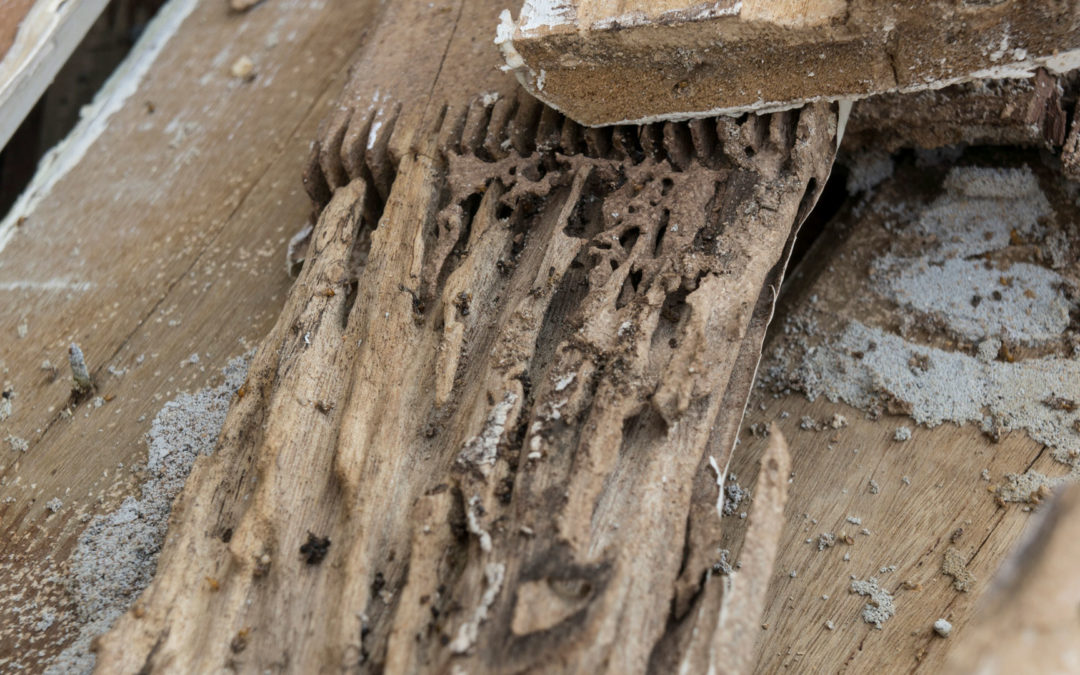One of the most destructive insects to have infest your home is termites. A termite colony can rip through wood and eat away at walls, floors, window sills, and even the foundation of your home. And now that it’s spring, they’re starting to emerge from their winter hiding places looking for new sources of food and to expand their colony.
The good news is that termites, like many other insects, have a highly predictable lifecycle. And that makes it easier to nip any type of infestation in the bud. That said, many people don’t know or understand what termites look like at each stage of their lives. Like humans, termites go through a variety of life stages, but unlike us, they look different at each stage. Aside from telltale signs of termites (holes, feces, mud tubes), where termites are in the lifecycle can tell us (and you) about how severe an infestation may be. Let’s take a look at each stage so you can properly understand how good—or bad—an infestation might be.
Egg Stage
Termites are born from eggs, laid by a termite queen. The queen can lay as many as 30,000 eggs per day, and over 165 million over the span of her lifetime! That’s a lot of termites! The eggs are commonly white or brown, and look a little like caviar. They typically incubate for about 30 days before hatching.
Larval Stage
When a termite hatches, it’s called a larva. Larva are white and semi-translucent. They almost look like a cross between an ant and a maggot. Termite larvae are like infants, eating and growing, but when they grow, they molt (i.e. shed their exoskeleton and grow a new one). Typically, they molt three times before they reach maturity.
Nymph Stage
The next stage is the nymph stage, sort of halfway between a teenager and young adult. Termite nymphs can take on a variety of characteristics, depending on their role, which is determined by a variety of social factors and what the colony needs at that moment. Most often, though, termite nymphs have wings. Some have short wings, and end up staying around the colony as a worker, while others develop long wings, enabling them to leave the colony and set up new colonies elsewhere.
Adult Workers and Soldiers
After several more rounds of molting, termites reach their adult stage and are either workers or soldiers. Workers make up the majority of the colony and are the ones who forage for food, clean the colony, and care for eggs and larva. Soldier termites’ main function is to guard the colony. A small percentage of both may become reproductive adults that mate with the queen.
The Queen
The termite queen is the main engine of the termite colony’s growth. Her responsibility is to lay as many eggs as possible, and some can lay as many as 30,000 eggs per day, as mentioned above. While it can take a few years to reach this level, most queens become most active after seven years. So the longer you wait to address the termite problem, the worse the problem will be!

